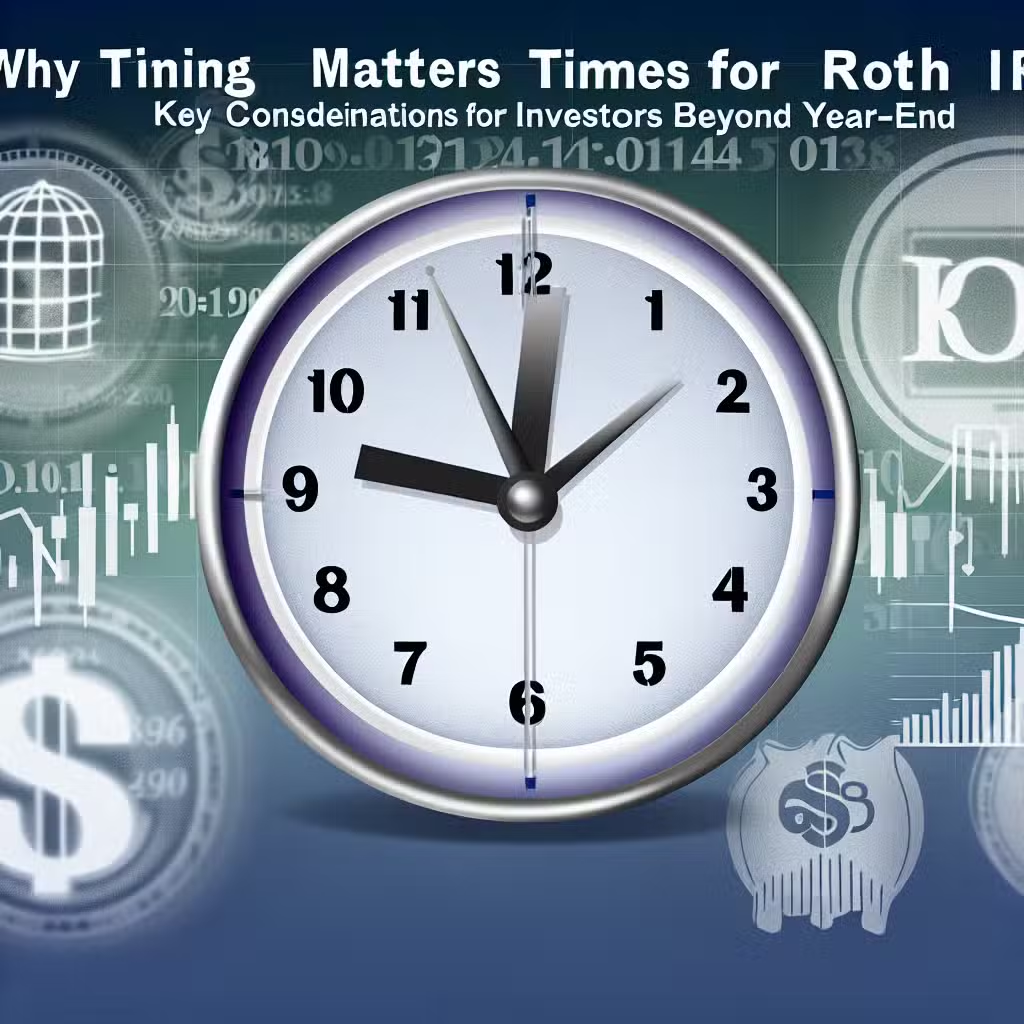Social Security COLA Update for 2026 Set for October 24—Key Date for Retirement Planning
Imagine waiting for your school report card, but the teacher says, “Sorry, you’ll have to wait a bit longer because the school office is closed.” That’s what’s happening now for millions of Americans counting on Social Security updates—the government shutdown has put a pause on announcing next year’s benefit increase.
Why This Matters for Investors
Social Security isn’t just a paycheck for retirees—it’s a huge part of the U.S. economy and impacts spending, healthcare, and even certain stocks. When these payments go up, people may spend more, which can boost businesses. When increases are smaller, some sectors may feel a pinch. Investors need to watch these trends, especially if they have money in companies serving older adults, healthcare providers, or consumer goods.
What’s Happening Now?
The Social Security Administration (SSA) was supposed to announce the new cost-of-living adjustment (COLA) for 2026 on October 15. But because the government shut down, the announcement will now come on October 24. This change depends on the release of September’s inflation data, which is used to calculate the COLA.
Even with the delay, people getting Social Security or Supplemental Security Income (SSI)—about 75 million Americans—will still see their new benefit amounts starting January as planned.
Bull Case: The Good Side
- Benefit Increase: Experts expect Social Security checks to go up by about 2.7% to 2.8% next year, raising the average monthly payment by around $54.
- Above Average Rise: This increase is higher than last year’s 2.5% boost and a bit above the 20-year average of 2.6%, according to The Senior Citizens League.
- Consistent Payments: Despite the shutdown, there’s no delay in when payments will arrive—stability is good for retirees and markets.
Bear Case: The Challenges
- Smaller Jump Than Recent Years: After the pandemic, COLAs were much bigger—8.7% in 2023 and 5.9% in 2022. This year’s rise is much smaller, so retirees may feel squeezed by lingering inflation.
- Medicare Costs: Medicare Part B premiums, which are often taken right out of Social Security checks, are expected to go up by 11.6% (about $21.50 more per month). This could eat up most of the benefit increase for many people.
- Inflation’s Shadow: If inflation stays high, a smaller COLA may not keep up with rising prices for food, housing, and healthcare.
Historical Context and Data
To understand the impact, let’s look back: After World War II, Social Security benefits barely changed year to year. But in the 1970s, high inflation pushed the government to start regular COLAs. According to the Social Security Administration, the average annual COLA since 1975 is about 3.7%. Today’s increases are smaller, reflecting lower inflation rates—though recent years bucked that trend with record-high jumps.
What Should Investors Watch?
- Consumer Spending: When retirees get bigger checks, they tend to spend more on healthcare, groceries, and leisure. This can help stocks in those industries.
- Healthcare Stocks: Rising Medicare premiums may mean less cash for other spending, which could affect companies that rely on discretionary spending by older adults.
- Interest Rates and Bonds: Social Security COLAs are tied to inflation data. If inflation stays high, interest rates may also rise, impacting bonds and other income investments.
Investor Takeaway
- Keep an eye on the October 24 COLA announcement; it affects not just retirees, but also sectors reliant on consumer spending.
- Watch for Medicare premium updates. Rising healthcare costs could offset Social Security gains and change spending patterns.
- Diversify your portfolio—consider companies that serve older adults, but also protect against inflation and rising costs.
- Remember that Social Security increases have long-term impacts on the economy, and can be a signal for broader trends in inflation and consumer confidence.
- Stay informed: Reliable sources like the Bureau of Labor Statistics give regular updates on inflation, which drives these decisions.
For the full original report, see CNBC







